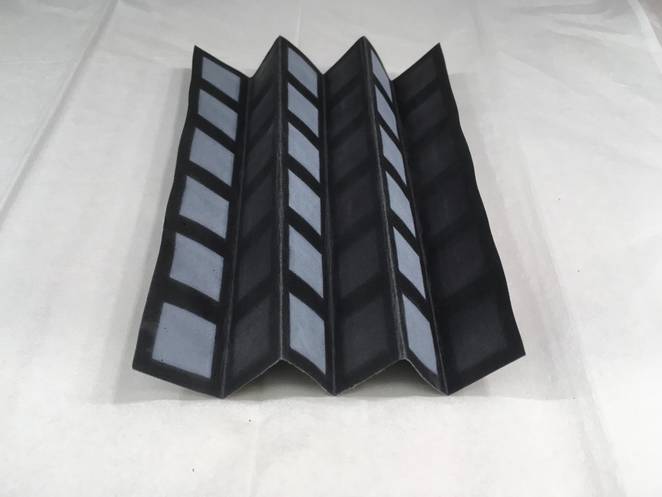For years scientists have been exploring the properties of microbial fuel cells, testing their abilities in a variety of applications and industries. These biological cells are capable of generating electricity from the electrons that bacteria release as they feed on organic waste that can then be used to power devices. Now, researchers from Binghampton University created a way to incorporate these fuel cells into paper creating a thin, foldable battery.
The battery comprises of two sections located on either end of a sheet of paper which act as the anode and cathode of the battery. One end contains a reservoir of bacteria-filled water and the other consists of a small amount of silver nitrate covered in wax. The paper can then be folded in a variety of ways to produce different levels of output with an accordion fold producing the most power.
Due to the battery’s small size and paper construction, the cell can be paired with low-powered biosensors and safely disposed of once its task is complete. Furthermore, the battery produces power whenever microbes are present, such as water or the human body, making it particularly compatible for environmental sensing or medical applications.
Alternative power sources, such as the microbial battery, help to push innovation in related industries including life sciences. Eclipse Automation helps life science companies integrate the latest technologies to create industry leading products.
Source: Treehugger 
